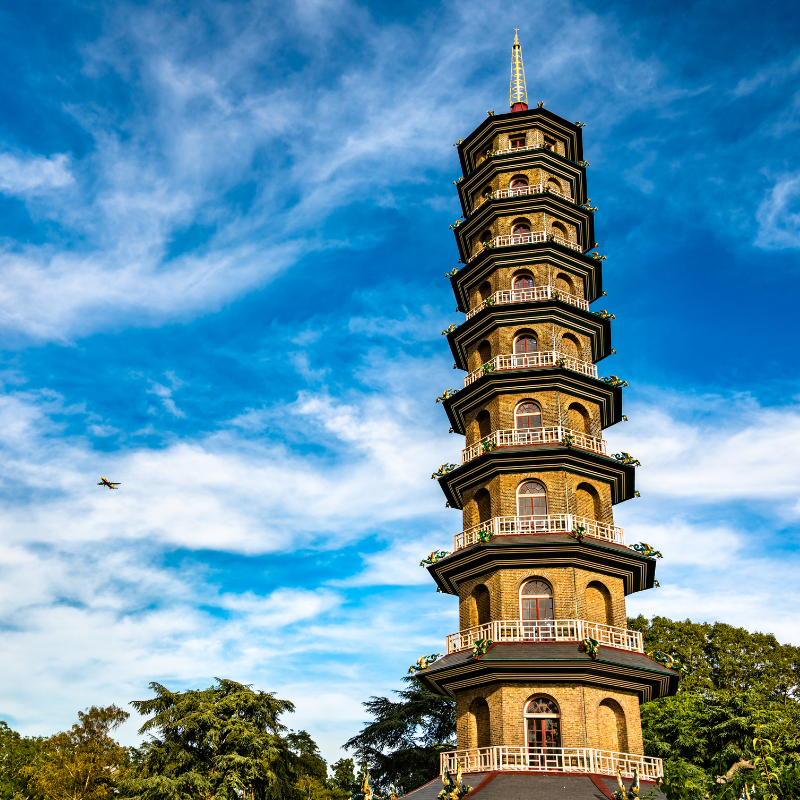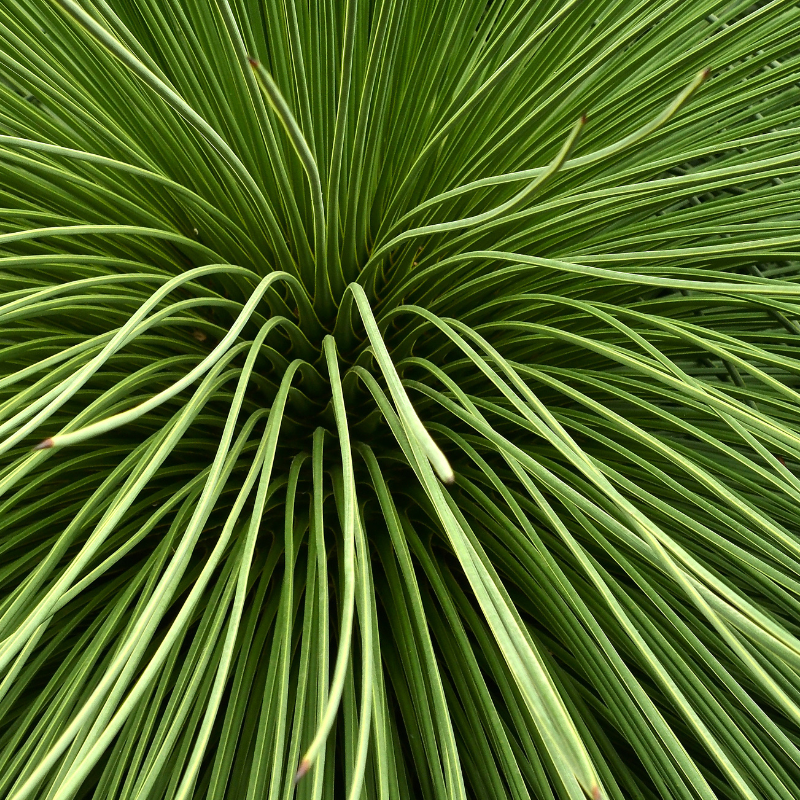Table of Contents
Discover a romantic escape in the heart of London at Kew Gardens. Ideal for couples seeking unique experiences, this London treasure offers an unrivalled blend of stunning vistas, vibrant flora, and tranquil spaces. Dive into a day of discovery with your loved one, exploring the captivating corners of Kew Gardens – truly one of the most enchanting things to do in London for couples.



Why Kew Gardens is one of the best things in London for Couples
Kew Gardens is a haven for couples not only for its natural beauty but also for the wealth of experiences it offers. With its expansive landscapes, historical monuments, and unique plant species, it presents countless opportunities for couples to bond, unwind, and learn together.
Here are some reasons why Kew Gardens is worth a visit:
- Breathtaking Scenery: Kew Gardens boasts a myriad of stunning landscapes, from the enchanting Japanese Garden to the exotic Palm House. Each step presents a new spectacle, creating a magical atmosphere for couples to explore and admire.
- Rich History: The Gardens have a rich heritage dating back to 1759, making it a fascinating destination for history enthusiasts. The intricately designed Victorian-era glasshouses and ancient monuments provide a glimpse into the past, adding a touch of romance and nostalgia.
- Rare Flora: Home to the world’s largest collection of living plants, Kew Gardens offers an exceptional encounter with flora from all corners of the globe. It’s an opportunity to immerse yourselves in the kaleidoscope of colours and fragrances.
- Opportunities for Learning: The Gardens provide interactive exhibits and informative signage, making it an educational journey amidst nature. It’s an ideal setting for couples who love to learn together.
- Relaxing and Wellness Spaces: Amidst the hustle and bustle of London, Kew Gardens presents tranquil open spaces, perfect for picnics, leisurely strolls, or simply soaking in the beauty of nature. These serene environments promote relaxation and wellness, essential elements for a romantic outing.
In essence, Kew Gardens provides couples with a unique blend of exploration, relaxation, and learning, making every visit a memorable experience.


Must-visit Exhibits in Kew Gardens for Couples
Kew Gardens isn’t just a collection of plants – it’s a storybook of love, family, and the cycle of life. Here are some exhibits that reflect these themes:
- The Rose Garden: Roses, traditionally associated with love and passion, are in abundance in the Kew Gardens Rose Garden. Here, couples can stroll hand in hand, soaking in the romantic atmosphere amid a sea of fragrant roses. This is a perfect spot for a quiet, intimate moment together.
- The Minka House: In the heart of the Japanese Landscape, you’ll find the Minka House. This traditional Japanese farmhouse symbolizes the importance of family and home. It’s a tranquil place where couples can imagine a future together.
- Queen Charlotte’s Cottage: Hidden in the conservation area, this rustic 18th-century cottage was a hideaway for Queen Charlotte and her family. Its romantic history and secluded location make it an ideal stop for couples.
- The Hive: This unique, multi-sensory experience, designed to highlight the life of bees, showcases the importance of community, family, and cooperation. It’s a great exhibit for couples to explore and learn together.
- The Palm House: In this steamy, tropical environment, couples can marvel at the life cycle of plants, including their reproduction. A visit to the Palm House is not only educational but also a subtle nod to the birds and bees talk!
These exhibits offer a blend of beauty, history, and intriguing insights into nature – making for a very romantic and educational date at Kew Gardens.
Kew Gardens Highlights
A visit to Kew Gardens is a journey filled with extraordinary experiences and breathtaking sights. Here are some highlights that make it an unforgettable destination:
- Treetop Walkway: Hovering 18 metres above the woodland floor, the Treetop Walkway offers a unique bird’s eye view of the lush gardens. As you walk on the 200-meter long walkway, you’ll be surrounded by the captivating beauty of chestnuts, oaks, and limes, offering a unique perspective on the majesty of nature.
- Kew Palace: One of the hidden gems within the Gardens, Kew Palace, is appropriately known as the Dutch House, due to its Dutch Gables. This royal residence of George III and his family is a treasure trove of history and art. Exploring this intimate palace provides an insight into the personal lives of the royals.
- Temperate House: As the world’s largest Victorian glasshouse, the Temperate House is a showcase for Kew’s vast range of temperate climate plants. The grandeur of the structure, combined with the exotic plant species, makes it a must-visit.
- Waterlily House: Home to giant Amazonian water lilies and other exotic aquatic plants, the Waterlily House is a marvel of 19th-century engineering. Its circular structure and high temperatures create a unique microclimate that allows these delicate species to thrive.
- The Great Pagoda: With its ten-storey octagonal structure, The Great Pagoda is an iconic symbol of Kew Gardens. Built in 1762, it provides panoramic views of the Gardens and London skyline.
In essence, each corner of Kew Gardens offers a unique discovery, making it a treasure trove for couples seeking an immersive experience amidst nature, history, and art.
Kew Gardens Opening Hours
From 29 October to 13 November 2023:
Open daily from 10am to 4pm (last entry at 3pm).
From 14 November 2023 to 7 January 2024:
Open daily* from 10am to 3pm (last entry at 2pm).
*Please note that the Gardens will be closed on 24 and 25 December.
From 8 January to 31 January 2024:
Open daily from 10am to 4pm (last entry at 3pm).
From 1 February to 29 February 2024:
Open daily from 10am to 5pm (last entry at 4pm).
From 1 March to 31 March 2024:
Open daily from 10am to 6pm (last entry at 5pm).
How to Reach Kew Gardens
Kew Gardens, a verdant oasis, is nestled in the borough of Richmond upon Thames in London. Here’s how you can reach this enchanting retreat:
- By Tube: The nearest tube station to Kew Gardens is Kew Gardens station. It’s served by both the District Line (Richmond branch) and the London Overground. From the station, it’s a mere 10-minute walk to the Victoria Gate entrance of the Gardens.
- By Rail: Kew Bridge station is the nearest national rail station, and it’s approximately a 10-minute walk from the Elizabeth Gate entrance. South Western Railway services from Waterloo, through Vauxhall and Clapham Junction, stop at Kew Bridge.
- By Bus: Bus number 65, which runs between Ealing Broadway and Kingston, stops at Victoria Gate. The bus operates frequently, providing an easy route to the Gardens.
- By Car: If you’re driving, please note that there is limited paid parking available near Brentford Gate. It’s advisable to use public transport when possible due to restrictions.
- By Taxi: Taxis and minicabs can drop you off at any of the four gates: Victoria, Elizabeth, Brentford, or Lion Gate.
- By Bike: There are bike racks available at Victoria Gate, Brentford Gate, and Lion Gate. Cycling is not permitted within the Gardens, but you’re welcome to lock up your bike and explore on foot.
Remember, the journey is part of the adventure. Enjoy every moment as you make your way to the enchanting Kew Gardens.
History of the Kew Gardens
The history of Kew Gardens is as rich and vibrant as its flora. Officially created in 1840, the Royal Botanic Gardens, Kew, which we fondly know as Kew Gardens, is steeped in centuries of horticultural history.
While the land has been a place of study and collection since the reign of Henry VII, its formal journey began under Princess Augusta in 1759. The princess, along with Lord Bute, started developing a nine-acre garden for exotic plants at the site, setting the foundation for what would later become a world-famous botanic garden.
The 19th century marked a period of rapid growth for Kew Gardens. Under the directorship of Sir William Jackson Hooker and later his son, Sir Joseph Dalton Hooker, the Gardens underwent significant expansions. They established the Palm House and the Temperate House, housing an extensive collection of exotic species from around the world. In 2003, Kew Gardens was inscribed on the UNESCO World Heritage List, recognising its significant contribution to the study of botany.
Today, Kew Gardens is more than a place of beauty; it is a hub of scientific research and conservation. Housing over 50,000 living plants and with its herbarium containing more than seven million preserved plant specimens, Kew continues its mission of understanding and protecting the world’s plant life. As travellers, we are not just visitors to this historical site; we become part of its ongoing journey, contributing to its story that began over two-and-a-half centuries ago.
Useful Resources for Further Reading
- For more detailed transport options and instructions, do refer to the Transport for London website.
- To explore more on the architectural marvels within Kew, especially the Victorian glasshouses, Historic England provides some insightful reads.
- If you’re interested in the royal history associated with Kew Palace, you can visit the Historic Royal Palaces website.
- For a visual treat of Kew Gardens’ charm, check out this Photo Gallery by BBC.
